(artist represented at the Museum of the Pennsylvania Academy of the Fine Arts)
American modernism, everything like the modernist movement in general, is a trend in philosophical thought arising from the widespread changes in culture and society in the age of modernity. American Modernism is an artistic and cultural movement in the United States beginning in the early 20th century, with a core period between World War I and World War II. Like its European counterpart, American Modernism was born out of a rejection of Enlightenment thought, seeking to better represent reality in a new, more industrialized world. Characteristically, modernist art tends towards abstraction, is innovative, aesthetic, futuristic and self-referential. It includes visual art, literature, music, film, design, architecture as well as lifestyle. He reacts against historicism, artistic conventions and the institutionalization of art. Art was not only to be treated in academies, theaters or concert halls, but to be included in daily life and accessible to everyone. Moreover, cultural institutions focused on the fine arts, and scholars paid little attention to the revolutionary styles of modernism. Economic and technological progress in the United States during the Roaring Twenties gave rise to widespread utopianism, which influenced some modernist artists, while others were skeptical of the adoption of technology. The victory of the First World War confirmed the status of the United States as an international player and gave it confidence and a sense of security. In this context, American Modernism marked the beginning of American art as distinct and autonomous from European taste, by breaking artistic conventions that had been shaped after European traditions until then. American modernism benefited from the diversity of immigrant cultures. The artists were inspired by African, Caribbean, Asian and European folk cultures and incorporated these exotic styles into their works. The American modernist movement was a reflection of American life in the 20th century. In the rapidly industrializing world and the accelerating pace of life, it was easy for the individual to be swallowed up by the vastness of things, left wandering aimlessly. Social boundaries in race, class, gender, wealth and religion were contested. As the social structure was challenged by new perspectives, the boundaries of traditional norms and social structure dissolved and a loss of identity remained, ultimately resulting in isolation, alienation and a general feeling of separation. The unity of a country rallied to war was dying, along with the illusion of the jokes it was selling to its soldiers and its people. The world had remained violent, vulgar and spiritually empty. The middle-class worker has fallen into a distinctly imperceptible position, far too small a cog to hope for recognition in a much larger machine. The citizens were overcome by their own futility. Young people's dreams are shattered with failure and disillusioning disappointment in the recognition of limit and loss. The lives of the disillusioned and excluded have become more focal. The ability to define oneself through hard work and resourcefulness, to create one's own vision of oneself without the aid of traditional means, has become prized. Some authors have endorsed it, while others, such as F. Scott Fitzgerald, have disputed how attractive yet destructive privilege values can be. Modernist America had to find common ground in a world no longer unified in belief. The unity found lies in the common ground of shared consciousness throughout human experience. The importance of the individual was stressed; the truly limited nature of human experience has formed a bond across all bridges of race, class, gender, wealth, or religion. Society, in this way, found a shared meaning, even in disarray.







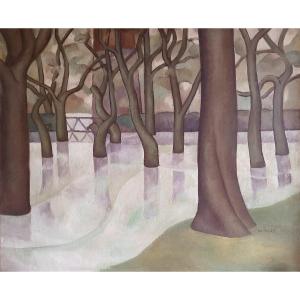





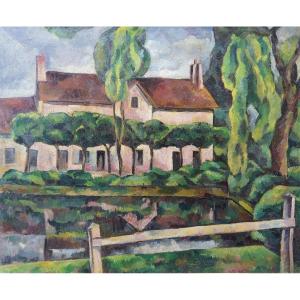
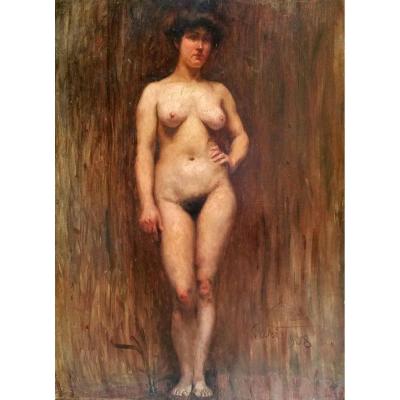



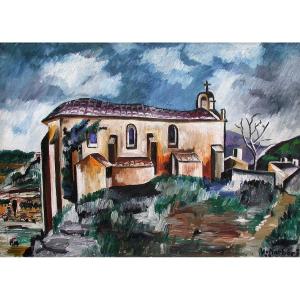
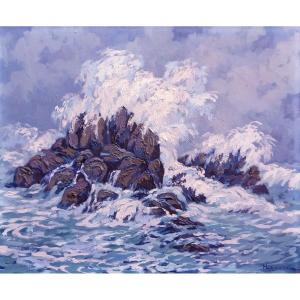

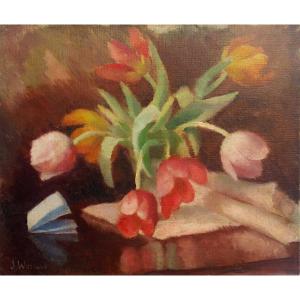
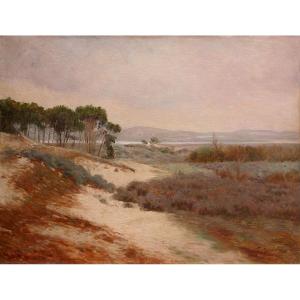
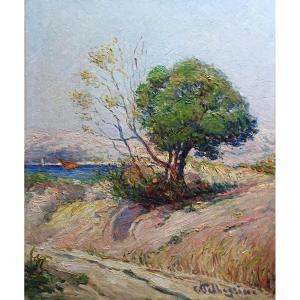
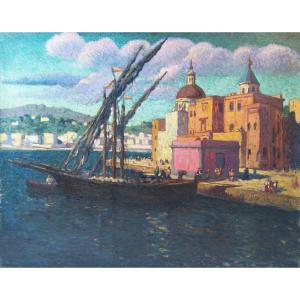

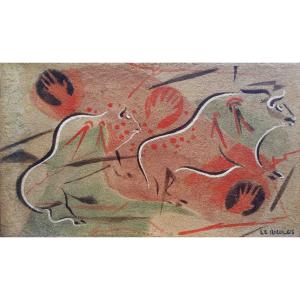
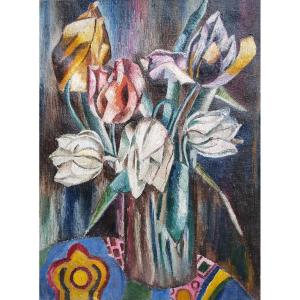

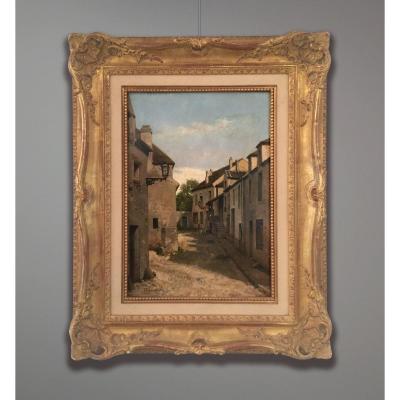


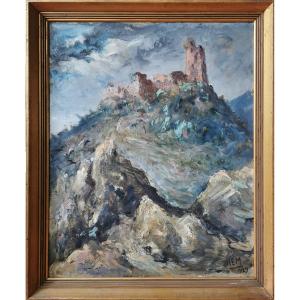



 Le Magazine de PROANTIC
Le Magazine de PROANTIC TRÉSORS Magazine
TRÉSORS Magazine Rivista Artiquariato
Rivista Artiquariato